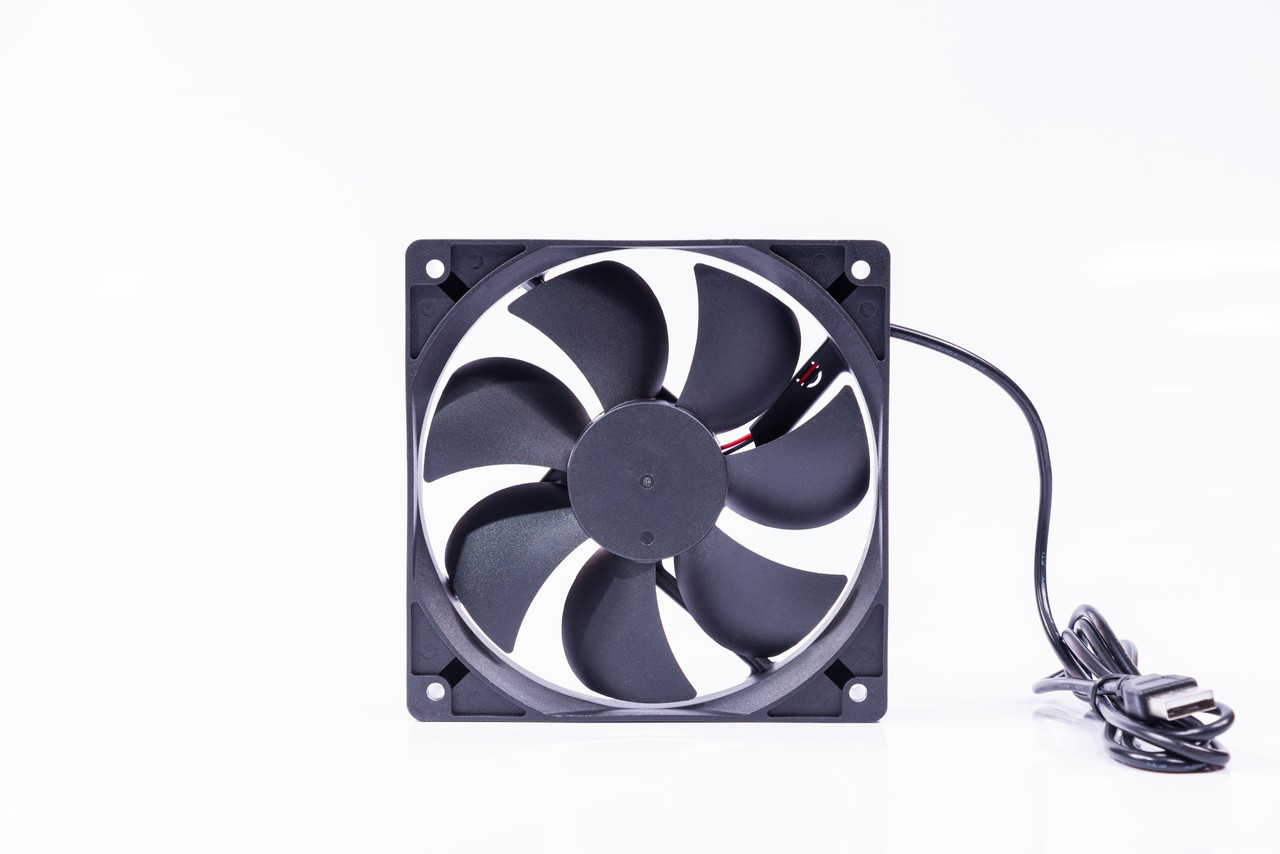As people's demands for quality of life continue to rise, silent fans have become an essential product in modern homes and work environments. While many fans on the market claim to be "silent" or "ultra-quiet," the definition of "silent" is often set by the manufacturers themselves. However, according to China's national standards for noise limits in household and similar-use appliances, there are clear noise level restrictions. For example, the noise limits for washing machines are 62 dB for washing and 72 dB for spinning, while air conditioning indoor units vary between 40 and 63 dB depending on cooling capacity.
1. What is a Silent Fan?
From a human perception standpoint, a fan producing noise below 40 dB is generally considered a silent fan, while noise levels below 20 dB are classified as ultra-quiet. In most cases, industries without specific national standards adopt these thresholds to define silent and ultra-quiet products.
For example, in an anechoic chamber with a background noise level of 8 dB-A, our 20x20x10mm cooling fan can achieve a noise level as low as 18 dB-A, which is nearly inaudible to the human ear and meets the ultra-quiet standard. Based on human sensitivity to sound, our small and medium-sized fan products also meet the criteria for silent fans.

2. Working Principle and Design of Silent Fans
The design of silent fans differs from that of conventional fans in several key areas:
- Optimized Blade Design: The blades of silent fans feature streamlined designs that reduce air resistance, lowering the noise produced during fan operation.
- Low-Noise Motor: Silent fans utilize efficient, low-noise DC motors. Compared to traditional AC motors, DC motors are not only more energy-efficient but also offer better noise control.
- Vibration and Sound Insulation Technology: Silent fans incorporate enhanced vibration reduction measures in their internal structure. The housing is made from high-strength, low-noise materials, and the fan is designed with effective soundproofing between the fan and its mounting brackets. This significantly reduces vibrations and noise during operation.
These technologies enable silent fans to provide stable airflow while minimizing noise, enhancing user comfort. Silent fans are particularly suitable for environments where quietness is essential, such as bedrooms, offices, and other noise-sensitive spaces.
3. Perception of Decibels and Common Noise Sources
Many customers find it difficult to understand the concept of fan noise levels in decibels (dB). Below is a comparison of common noise sources by decibel level, helping to better understand the impact of different noise levels:
- 190 dB: Can cause death.
- 140 dB: Critical point for total hearing loss (EU definition).
- 139 dB: Similar to the noise of World Cup fans cheering.
- 130 dB: Rocket launch sound.
- 125 dB: Sound of a jet aircraft taking off.
- 120 dB: Exposure to this level for more than a minute can cause temporary deafness.
- 110 dB: Sound of a propeller aircraft taking off, rock concert noise.
- 105 dB: Long-term exposure can cause permanent hearing damage.
- 100 dB: Sound of an air pressure drill, hammer striking heavy metal.
- 90 dB: Noise in a bar or when using an electric saw.
- 85 dB and below: Does not damage cochlear hair cells.
- 80 dB: Noisy office, sounds from highways.
- 75 dB: Upper limit of comfort for human ears.
- 70 dB: Noise in street environments.
For us, maintaining low environmental noise levels not only reduces ear strain but also improves comfort in both work and living spaces. Silent fans help create such an environment by reducing operational noise.
4. Market Demand and Trends for Silent Fans
With advancements in technology and increasing consumer demands for quality of life, silent fans have become a key selection criterion for many users. The demand for silent fans is especially high in fields such as cooling high-density electronic devices and heat dissipation for power equipment. Our company, leveraging advanced production technologies, offers a range of low-noise, high-performance fan products to meet the needs of different customer groups.
Looking ahead, as environmental awareness grows and low-noise technologies continue to improve, silent fans will become mainstream products in the market. We will continue to enhance technological innovation to ensure our products meet high standards in energy efficiency, silence, and durability.
Ruiapple Electric's fan products not only offer excellent silent performance but also deliver efficient heat dissipation. Compared to similar products, our fans maintain a low noise level while ensuring stable airflow and pressure. This makes our products ideal for quiet environments while still offering robust cooling performance. Focused on innovation in detail, we position "efficiency, silence, and durability" as the core competitiveness of our products, striving to provide users with a superior experience.






